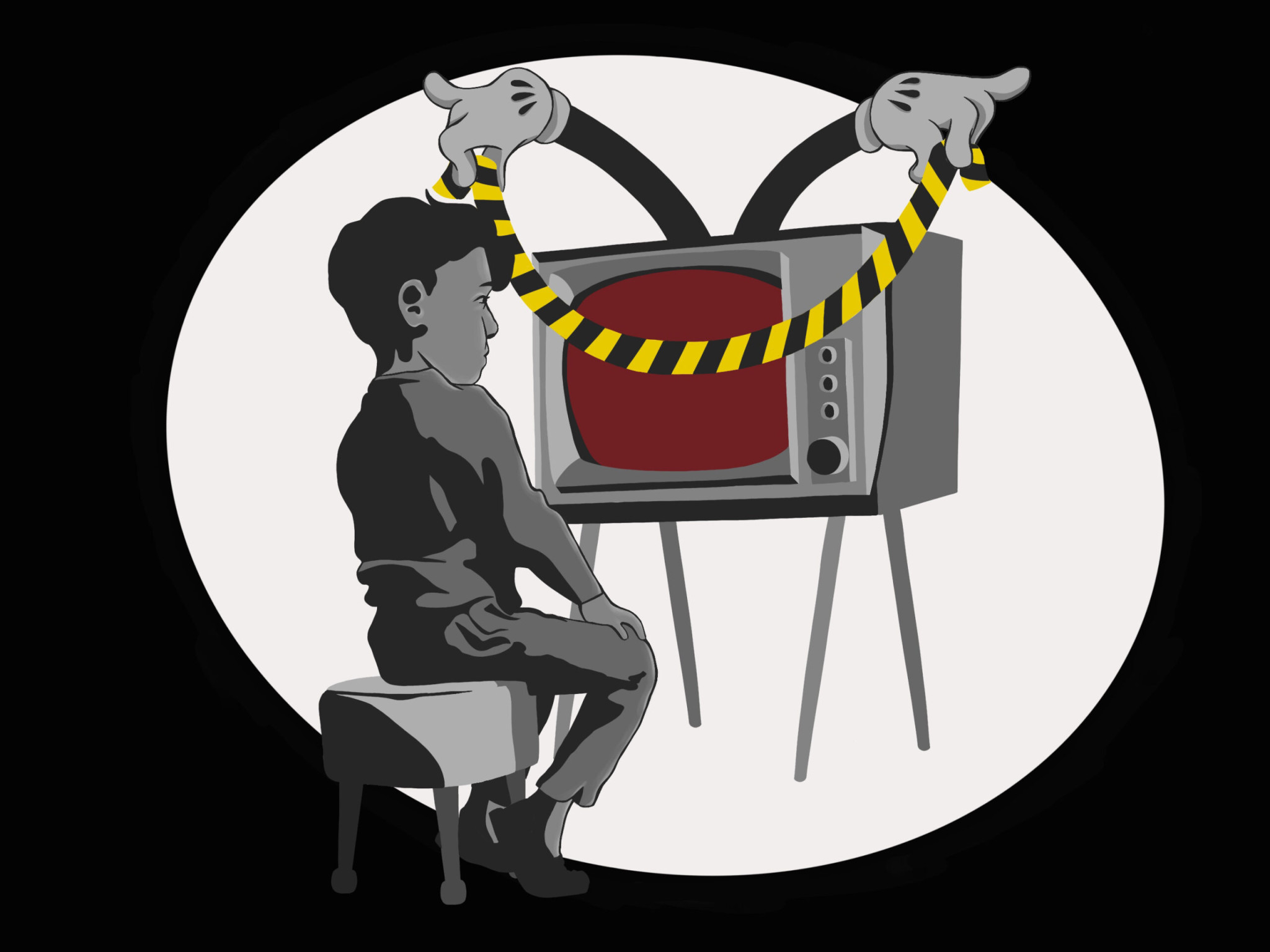The capitalist conglomerate Disney is known for many things, but racial sensitivity is not one of them. Many of the company’s older films contain racist content in one way or another, including Dumbo, The Aristocats, and Lady and the Tramp. Recently, Disney added an advisory to the beginning of these films and others on the Disney Plus streaming service. It reads, in part: “This program includes negative depictions and/or mistreatment of people or cultures. … Rather than remove this content, we want to acknowledge its harmful impact, learn from it and spark conversation to create a more inclusive future together.”
This decision was met with a fair bit of controversy. Debates related to it have broken out on a variety of social media platforms, with opinions ranging from “This is a great opportunity for parents to teach their kids about racism,” to “This is unnecessary; who cares about racism in old cartoons?”
Overall, the advisory was the right decision for Disney when it comes to those films. Acknowledging the racism depicted in them is definitely better than keeping them on Disney Plus with no explanation at all, or taking them down as if Disney’s racist past never existed.
However, just because the advisory happens to be the most ethical decision doesn’t mean Disney actually cares about that. The company has made it abundantly clear over the years that they only care about making the ethical choice if it’s what’s best for business. As Michael Eisner, ex-CEO of Disney, once said: “We have no obligation to make history. We have no obligation to make art. We have no obligation to make a statement. To make money is our only objective.”
Case in point: when Disney Plus launched in November 2019, the same problematic films that now carry the new advisory contained only the lackluster disclaimer: “This program is presented as originally created. It may contain outdated cultural depictions.” If Disney really cared about fighting racism, they would’ve used the current advisory from the start. This was a year ago; it’s not like racism was an obscure subject.

The reason Disney originally chose to use that disclaimer is because anti-racism wasn’t trendy then like it is today. White people and businesses weren’t posting black squares on social media and proclaiming their allyship with the Black Lives Matter movement in an effort to be seen as hip and woke. But today, in the wake of racial justice protests around the world, anti-racist sentiments are less controversial than ever. So it’s no coincidence that Disney chose this moment to tack their “racism is bad'' hot take onto their old films.
The unfortunate reality is, Disney doesn’t care about practicing what they preach. They can talk about the importance of Black, Indigenous, and people of color (BIPOC) representation all they want, but it doesn’t come across as genuine when they’re doing nothing of substance to help BIPOC. They’re still neglecting to do anything concrete to help BIPOC communities who have been harmed by racist content like what appears in Disney’s old films. They’re still making movies like the live-action Mulan, a film that was widely criticized for misrepresenting Chinese culture and being filmed in a detention camp for Muslim Uyghurs. They’re still hiring white directors and designers for films about non-white cultures. They’re doing nothing to combat racism.
Some might be inclined to bring up recent films like Moana and Frozen 2 as examples of Disney providing good BIPOC representation. In that case, it is clear that the relatively low number of BIPOC characters that do exist in Disney films are limited to the same cookie-cutter outlines that are palatable to the widest demographic possible (i.e. straight, cisgender, non-disabled, thin, and conventionally attractive). This is not adequate representation. Adequate BIPOC representation must include LGBTQ+ people, plus-size people, disabled people, and every other underrepresented group that exists within communities, including the BIPOC community.
So, was this advisory a good decision on Disney’s part? Sure. But it probably doesn’t mean squat for future BIPOC representation in their animation. Unfortunately, Disney isn’t going to bother with ideal representation for any group until either it’s the most profitable option for them, or they decide to care about people more than money.





